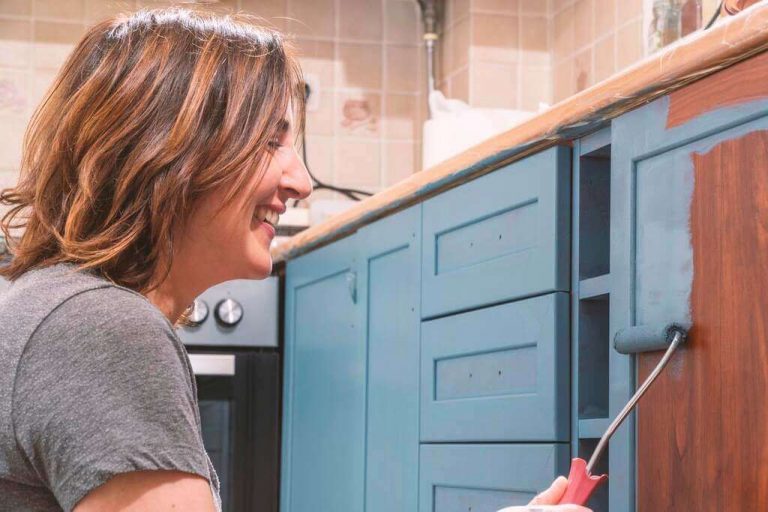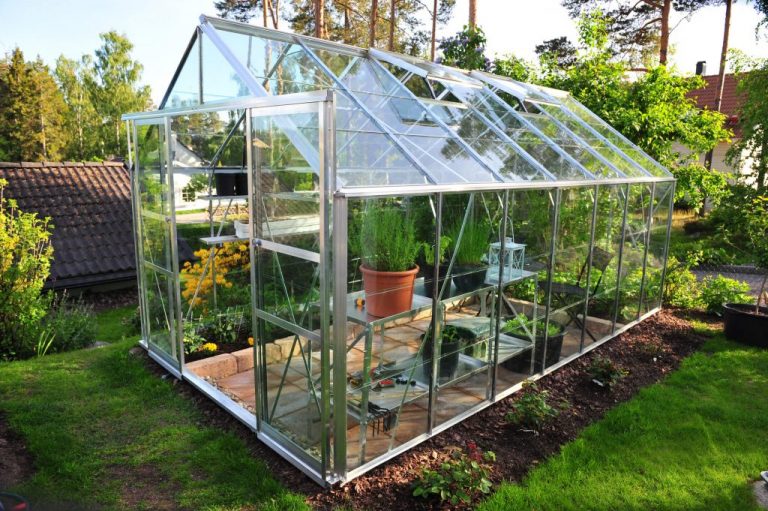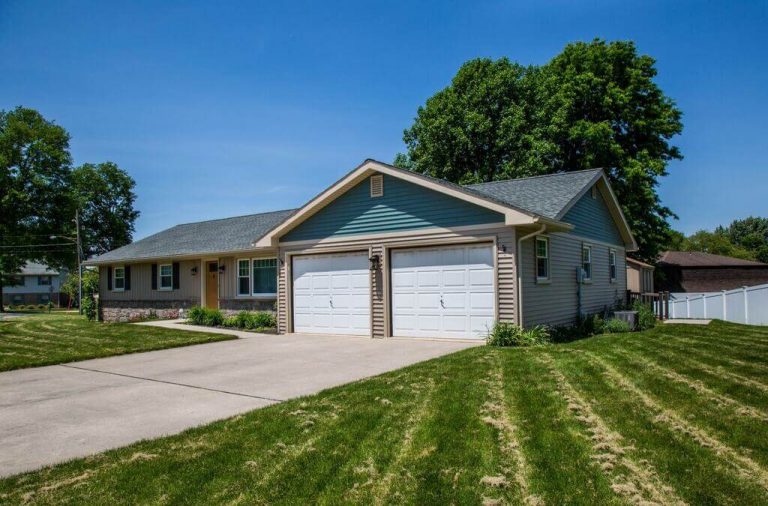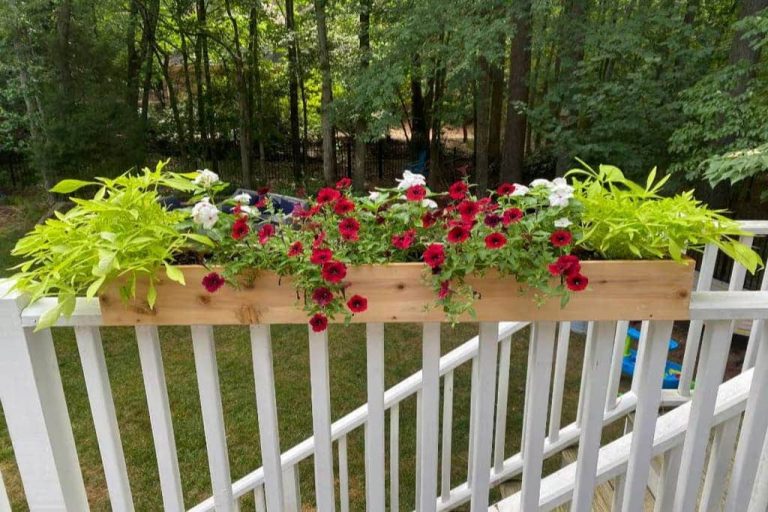Today, we are part of a world that loves to design interior spaces of buildings. From the moment you walk through a door, your eyes focus on furniture, furnishings, and the way things are designed, leaving a lasting impression.
From houses to cafes to office spaces, teams of architects, engineers, and interior design experts work hard to find the very best of two worlds in their designs. First, the functional: they seek to make a space practical and safe, ensuring that designs meet the purpose intended for them. And secondly, decorative: we humans like attractive things and a space that is aesthetically pleasing to us is a pleasure to be in.
These interior designs have a range of different styles, formats, and formulas that make them work, some of these differences are usually quite distinct, while other times are far more subtle. Each design provides its own flavor, finish, and experience to those who enter the space, and in a way, it’s its own kind of art form: a space with unique inspiration, unique history and exists as a unique creative endeavor.
Having the knowledge about what differentiates different styles of interior design is a useful skill and allows you to choose for yourself the best and most perfect look for your own interior spaces. Within these most popular interior design styles there is something for everyone and having a knowledge of some of these will help even you to achieve visual perfection in your home, office, or workplace.
1. Modern Interior Design

A form of interior inspired chiefly by the Modernist art movement that came before it, the Modernist style was birthed at the beginning of the 20th century. The style seeks to bring us closer to the relationship of space and aesthetics and acts as a celebration of the material, technology, and composition through feels of authenticity, transparency, and machine-like efficiency.
A building is made to be more than an inhabitable shell, it is turned into a well-oiled machine to live in. For this reason, there is often very complex programming of the Modernist form, looking to draw on carefully designed compositions and clearly designed lines and geometry. The materiality of the form is important in this design, and its visual and functional simplicity stands out.
2. Mid-Century Modern Interior Design

Many changes were afoot following the end of World War II and in its aftermath, this Mid-Century Modern design form came about. With similarities to the Bauhaus and International movements, this part of the modernist design makes use of incredible colors, lines, and an interactive discussion with the environment around it. Colors usually move between oranges, yellows, greens, and browns, although other colors may be used.
The space is more than just a functional container for a human, it is a canvas for both personal and social ideologies and purposed with strengthening interpersonal bonds. Through designs such as this, there are large, open-planned spaces with a larger emphasis on common areas, interfacing between the home and nature, and a functional and visual style akin to the Modernist interior design forms.
3. Minimalist Interior Design

Finding its inspiration from an art movement of the same name in the 1960s and 1970s, the Minimalist interior design form is typically inspired by traditional Japanese designs and Zen philosophies. These interiors follow the same concepts and modernist designs yet seek to strip it all down to the very barest of basics.
Minimalism offers an aesthetic that relies on efficiency in the space, where it is devoid of any distraction or unnecessary clutter. They are streamlined to make bold impacts of visuals through their use of minimal amounts of space. Hushed colors, concealed storage, and careful detailing all play a part in making minimalist interior designs an impressive style to behold.
4. Scandinavian Interior Design

Like other styles within the modernist style of interior design, the Scandinavian style moves towards simplicity, functionality, and efficiency, while also seeking to allow affordability to be an achievable goal.
Such styles contain organic materials, bare ornamentation, and clean details, making use of blacks, whites, grays, and blues with some occasional deviation to provide a bit more of a spark. Contours are much more well-rounded, and the vibe of such designs are cozier, more inviting, and feel much warmer, all thanks to the arrangements of the design.
5. Industrial Interior Design

Another integral form of modernist style, the Industrial interior design form takes all the efficiency and functionality of the modern style and transforms the working parts of a building into the factors that make up its primary aesthetics. Grays, browns, iron, steel, concrete, and unfinished brickwork all have a part to play in such a style of interior.
Aspects such as beams, columns, pipes, and ducts are utilized in this style to bring into view the idea that it’s a machine for living in. Unlike other types, this does not seek to remove itself from the weight and roughness of worn, recycled, or salvaged materials.
6. Contemporary Interior Design

The most up-to-date and ever-evolving style, Contemporary art follows all the trends and tastes of individuals of the day and age. Because of this, it isn’t so simple to characterize the style as any predetermined ideas or traits. Even so, since the style diverges from the modern interior design forms, it presents a far greater balanced and rounded approach to designing interiors.
The Contemporary style currently borrows from the most popular style, this being the Mid-century modern style now. All the harsher elements of the mid-century interior design form are set out in gentler, cozier, and warmer compositions, seeking to bring both visuals and function.
7. Urban Interior Design

The gritty vibes of the urban outdoors and the elements that bring it are at the front and center of the urban style. Those who design in such a way are unafraid of trying new things with materials and features, arriving at quite a distinctive and unique look as a result.
Diverging from the industrial form, this style makes use of structural features like ducting and industrial components in similar ways. The main difference is that these elements are combined in open spaces and take a lot of artistic talent to produce an effective interior design.
8. Traditional / Classic Interior Design

Comfortable, classical European décor is the centerpiece of the traditional style, making use of the past to create designs for the future and bringing the elements of older, more traditional ways to fit modern life.
Winged back chairs, elaborate furniture pieces, claw-footed tables, and other furnishings which have their basis in 18th century English, French and colonial styles are the go-to in this interior design, with simplistic backdrops and rich colors.
9. Transitional Interior Design

The Transitional interior design style is a wonderful blend of both classical traditional and contemporary modern interior design types. While these two styles might often seem to be far from one another, they complement well, with designers applying the best of both styles to mark a style that bridges them.
This style contains several different furniture items, usually solid, robust structures and larger in size, with curved lines and a particular focus on comfort. Ornaments don’t play a very big role, and there are some minimalist trends the style follows. Neutral and monochromatic color use is cozy and adds a lot of depth, the tan and vanilla providing an enjoyable background for the space.
10. Art Deco Interior Decor

The Art Deco style, born in the 1920’s post World War I, seeks to offer an entirely new aesthetic for a new period. It expresses itself boldly, through its compositions, balance, and restraint it keeps. The basis of the style uses order and symmetry, with the lines and geometry of shapes the most important aspect of the designs.
Angular, layered designs, and curves make use of form in ways many an artist would in their artwork, and the use of chrome, brass, glossy paint, wood, glass, and mirrors makes for much aesthetically pleasing visuals.
11. Country Decor

When it comes to the country, coziness is the biggest consideration. Spaces with a Country interior design are meant to feel warm and comfortable, like any of the country cottages around the world. Styles can vary based on country and tradition, but across them all, the style is organic and rustic, just like its surroundings.
Aspects such as wood, pottery, and organic materials are well suited for such spaces, and the warm and patterned colors and fabrics are an asset. These styles have many varieties, with all the features and elements combined creating a sense of warmth within the space.
12. Coastal Home Design

Coastal implies images of seashells, ropes, nautical icons, with blues and aqua colors dominating the space. Natural lighting in such a design will feel like summer and the contrasts of blues and whites are guaranteed to set these interior designs apart from the rest.
As a result, the coastal style ought to feel fresh and relaxing, like the ocean and beaches where it finds its inspiration. The interior isn’t just full of materials from the ocean, however, and the design produces a visual that is oceanic in both stylistic choices and tone.
13. Shabby Chic Design

The Shabby Chic style of the 1980s drew on the aesthetics of the British to form visual statements that are considered much softer and more feminine than its counterparts. The spaces it can be found are light and airy, trying to find a distinctive look between a small, traditional English cottage and the ideas of more classical interior design forms.
Cotton and linen are the go-to for these designs and the time-worn feeling is celebrated in the collection of vintage style furnishings and features. The look, feel and tone of these interior designs help set Shabby Chic apart from the rest,
14. Eclectic Decor

As the name may suggest, eclectic interior designs are a surprise and unafraid to bend and break rules of interior design, often seeking to bring forward individuality and freedom in the space where it is formed. With no guidelines or intentions, it borrows freely and has the freedom to combine and make use of any ideas that suit its purpose.
The design is marked by a variety of styles and layers, creating a rhythm between the parts of the interior. There is a reliance on core sensibilities to make sense out of all the chaos, making use of harmony between parts, including color, composition, balancing, and materials.
15. Vintage Home Decor

Many people may consider the vintage style to be all about the flea market or antique finds you can add to your home. Not everything old has the vintage feel and, this design style is all about recreating the feel of the 1940s and 1950s in the aftermath of World War II. During this time, people mixed and matched with whatever was available, trying to rebuild their destroyed homes as warm and loving spaces.
The color in this style is typically light and neutral, with more vivid colors most often used for impactful imagery. All the décor and elegance of the vintage designs rely on this strategy to make it’s aesthetic even more pleasing.
16. Zen Inspired Interior Design

Drawing on the ideals and tenets of Japanese philosophy, the Zen interior is all about balance, harmony, and consideration. These are less occupied and aim to make an impact through silence and stillness on both the inside and out.
All the lines, forms, and surfaces are carefully and thoughtfully designed to efficiently and have no tolerance for frilly design or flippant placement. Mostly using organic materials, with woods and natural fibers at the forefront, the Zen style seeks to be close to nature and uses it within its elements, its design, and its aesthetic.
17. Bohemian Decor

Free-minded and free-spirited people will feel at home with the Bohemian style, which is perfect for expressing unconventional philosophies and furthering oneself from the norms of contemporary society. These interiors are so unique that they gave birth to the ‘boho’ style, which gained a great deal of popularity among many people. As a form of interior design, it allows for total freedom and the expression of personal individuality in ways other styles do not.
All throughout the space, there are several unique, stylish mishmash of features, including items and accessories, colors, and furniture, both weathered and modern. To the common person, it may seem to have no logical coherence at all, but that doesn’t take away from its depiction of the free-spirited life.
18. Tropical Home Decor

Unending beaches, beautiful jungles, and the vibrancy of color in tropical landscapes are what the Tropical style interiors are all about. This finds its inspiration in nature and seeks to use a variety of natural colors and materials straight from the tropics.
Colors such as greens, blues, pinks, purples, and oranges are maximized to create cheerful backgrounds, complimented only by the colorful decorations and textiles. Prints of tropical fruits and palm trees are cliché but a necessity, and wooden furniture, a primary feature of a tropical house features prominently in this design style.
19. Rustic Design

As the name suggests, the rustic interior design is created with classical simplicity and a homey feeling in mind. It contains all the charm of a country home, which makes it one of the popular choices for those, not only in the country but those in urban spaces who long for the outdoors.
Colors vary, from shades of dark brown to the much lighter tones of neutral colors. Décor contains a lot of hand-made materials, as well as those salvaged or repurposed for use in the interior. These can include wood, leather, fibers, and iron. As a result, furniture is sturdy, although can look somewhat weathered.
20. Hollywood Regency Decor

The golden age of Hollywood is what the Hollywood Regency style is all about. Harkening back to the 1930s, the American movie industry was booming, and the lavish decoration of these spaces seeks to recapture that long-gone era. It’s an incredible combination of trends and styles, using the best of their features to create both a sense of comfort and of glamor befitting for a movie star.
These interiors make use of a lot of space, typically being open-plan and uncluttered. Furniture is not meant to dominate the space and is small following a simple pattern and usually keeping to the design ideals of the mid-century design. Furniture is designed to be glamorous, however, with bright, glossy, and metallic surfaces, bold art and patterns, and many varieties of fabrics and textures.
Conclusion
Even for the person who knows little about interior design, there is much to be learned. The use of space, the use of lines, and the combinations of art, furniture, color palettes, and textiles make the art of interior design quite a comprehensive task.
For the layperson and general homeowner, perhaps interior design is a bit out of reach, requiring too much form and substance to be considered. For the learned creative, however, in and of itself it is an art form, making use of space and patterns to create warm and cozy interiors that are both practical, functional, and aesthetically pleasing.
Whether you are an interior designer or simply a person who owns a house, there are certainly a lot of options to choose from. This list is by no means complete and there are more interior design styles than just these twenty.
Whether it was tropical, rustic, Zen, vintage, or any of the plethora of styles presented in this list that have captured your attention, hopefully, as you have read, you have been imagining your own personal spaces or your own practice and how you can enhance them.
These most popular interior design styles are all impressive, taking form and function to new levels and building on the styles that came before them, all for the joy and warmth of the people who inhabit these spaces.
Also, check out the post 12 Interior Design Rules You Need To Know
The post 20 Most Popular Interior Design Styles Explained appeared first on Pyaarnation.










